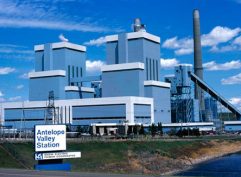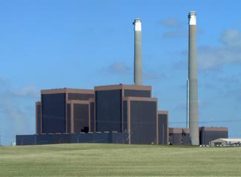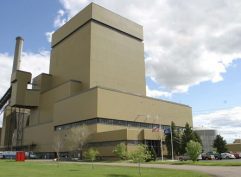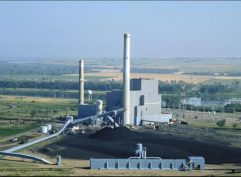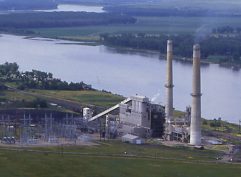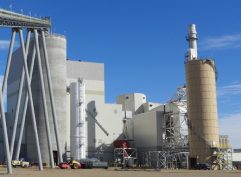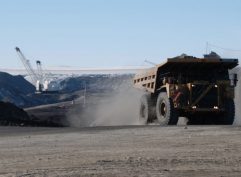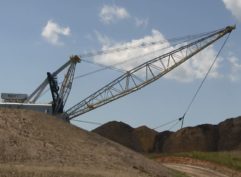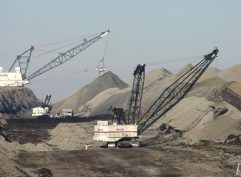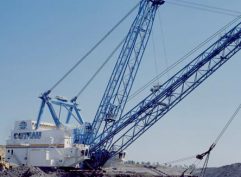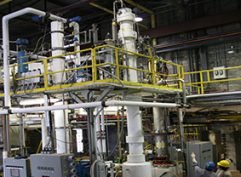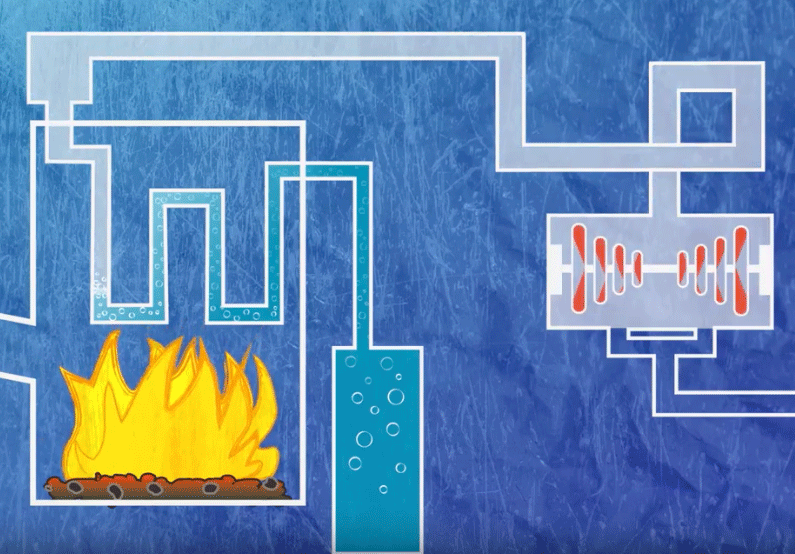NEWS RELEASE: Lignite Energy Council files against EPA
For Immediate Release – June 4, 2024
Lignite Energy Council files against EPA
Bismarck, ND—The Lignite Energy Council has taken decisive action by filing a Petition for Review to challenge the Environmental Protection Agency’s (EPA) latest MATS regulation. This petition marks the beginning of a critical legal process aimed at safeguarding North Dakota’s lignite industry from what the Council deems to be the EPA’s illegal and unreasonable regulation.
The Petition for Review is a formal notice to the EPA, signaling that their proposed regulation will face a robust legal challenge. Following this petition, the Council plans to file a Motion to Stay, requesting the court to halt the rule to prevent immediate harm to North Dakota’s lignite industry. This motion will detail the numerous flaws in the proposed rule, which the Council argues is a direct attack on the lignite industry and disregards the unique chemical properties of lignite coal.
Background on MATS Rule and EPA’s Actions
Initially adopted in 2012 and implemented in 2015, the MATS rule requires a risk and technology review every eight years. At the eight-year mark in 2020, the EPA determined that the risks were well below acceptable levels, with an ample margin of safety. According to EPA standards, an acceptable level of risk is 100-in-1 million maximum individual excess cancer risk. EPA’s analysis revealed the highest risk from any coal-fired power plant is 0.3-in-1 million, with North Dakota lignite-powered facilities having risks even lower than this.
Despite reaffirming in 2020 that no developments warranted tighter regulations, the EPA claimed new “developments” based on cheaper emission control technologies in 2023. However, the EPA has admitted that risks do not justify stricter regulations. Nonetheless, they have finalized a rule mandating a 70% additional reduction in emissions beyond the 85% reduction already achieved. This will impose tens of millions of dollars in costs on power producers, potentially forcing some facilities to close due to unachievable new standards, particularly the mercury standard.
Economic and Social Impact
These regulations pose a significant threat to North Dakota’s economy and the livelihoods of thousands of residents. The lignite industry contributes over $5.75 billion annually to the state’s economy, provides more than $100 million in state and local taxes, and supports over 12,000 jobs. The new MATS rule effectively eliminates using lignite coal from North Dakota and could devastate this economic backbone.
Bohrer of the Lignite Energy Council highlighted the absurdity of the new mercury limit, stating, “Ironically, the new mercury limit has no measurable health benefits and runs contrary to a plain reading of the risk calculation. Once again, the agency has far exceeded its authority set by Congress.”
Next Steps
The Lignite Energy Council, the State of North Dakota, and more than 20 other states are committed to fighting this rule. The Motion to Stay must be filed with the D.C. Circuit Court within 60 days from May 7. While the court’s Democrat majority poses a challenge, the Council is prepared to take the fight to the Supreme Court if necessary.
The Council is resolute in protecting North Dakota’s lignite industry and the state’s broader economic health. This legal challenge concerns not only regulatory overreach but also the livelihoods of thousands of North Dakotans and ensuring a stable economic future.
About the Lignite Energy Council
The Lignite Energy Council is a regional trade association representing North Dakota lignite producers, electric utilities, and over 200 businesses providing goods and services to mining and plant operations. The lignite industry generates approximately $5.75 billion in gross business volume and facilitates 12,000 direct and indirect jobs within the state. The Lignite Energy Council is dedicated to promoting and protecting the interests of the lignite industry in North Dakota. The Council works to ensure the industry’s continued viability, which is a crucial part of the state’s economy and energy infrastructure.


